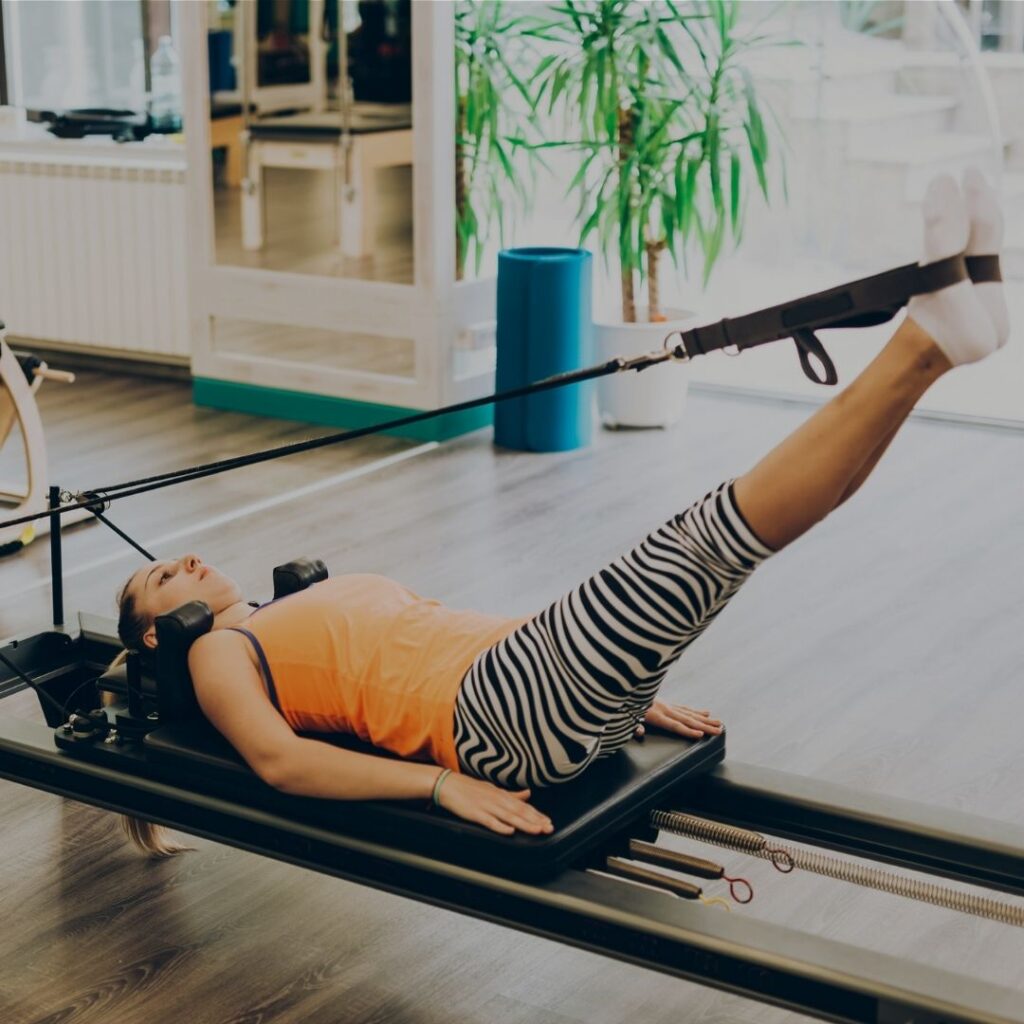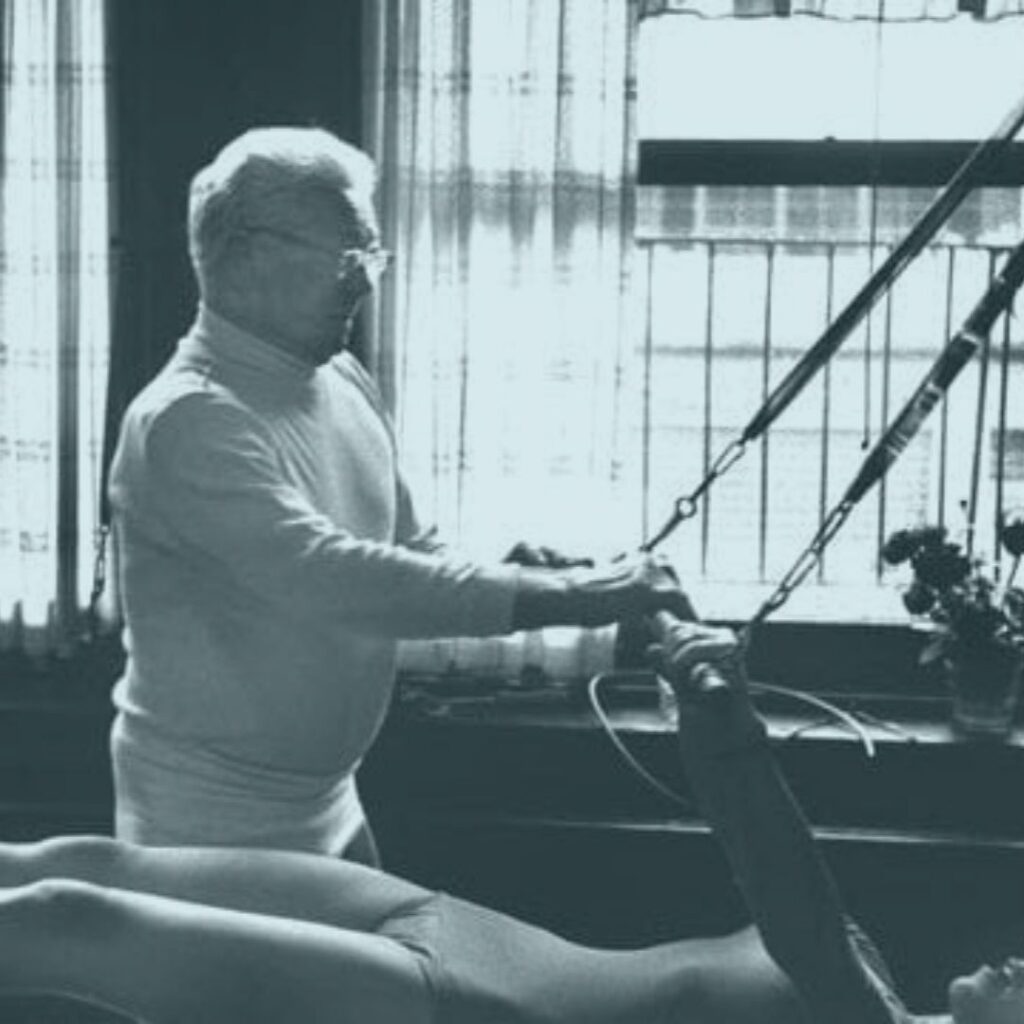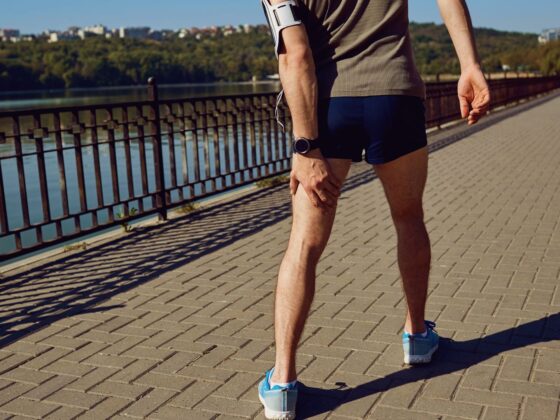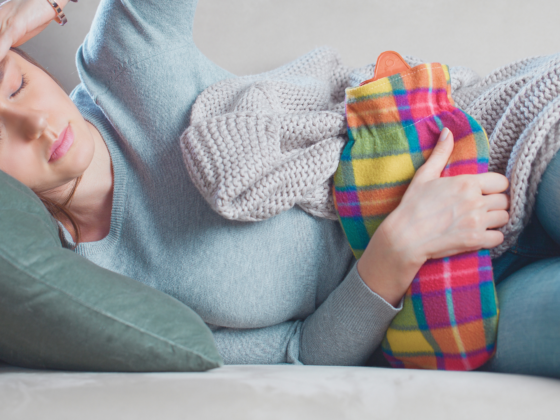Have you tried Pilates? It could be the perfect complement to your current workout regime, or the start of one.
Pilates may be a bit intimidating, especially when you see the equipment available in most studios. But that doesn’t mean Pilates is out of reach for you — it’s great for people of any fitness level! With the right instructor, you can actually see a number of benefits. But first…let’s clear something up: What exactly is Pilates? And why would you want to give it a try?

What is Pilates?
Founded by Joseph Pilates in the early 1900s, Pilates was originally created for dancers and athletes. Today, though, Pilates is for everyone! That’s because Pilates focuses on lengthening and stretching all major muscle groups, centered around the core then working outward. The exercises bring the body and mind together to improve flexibility and strength throughout the entire body.

Benefits of Pilates
Pilates is both a therapeutic and preventative exercise, perfect for anyone who wants a great workout or who is looking to recover from an injury. It brings awareness back to the breath and body, while strengthening muscles, starting in smaller areas that “normal” workouts don’t necessarily hit. We also love Pilates because it can help you elongate your spine muscles and body as a whole, which can improve posture, reduce pain, strengthen muscles, and (of course!) improve mood.
But let’s dig into all of the technical benefits of this amazing exercise method:
Flexibility and mobility

Flexibility is the amount of stretch in a muscle, whereas mobility is the range of motion in a joint. We strive for mobility in the body, but you must have a balance of flexibility and strength to really improve your mobility overall. The great news is that Pilates helps to address both. The slow, yet fluid and controlled movements in Pilates exercises combine both strength and stretching at the same time. Plus, it feels amazing!
Core strength
When you think of your core, most of us think about just our abs, but your core is so much more than that. The core muscles include the diaphragm, deep muscles of the back and abdominals, and pelvic the floor. They support a strong back, good posture, and every movement of the body.

With its emphasis on the core, Pilates helps to improve core strength which then has a cascading impact on every other muscle in the body. Core strength has been shown to be vital in reducing back and hip pain, pelvic floor dysfunction, and supporting “explosive movements,” like running or jumping.
Muscle tone
As you strengthen your core with Pilates work, you will notice its impact on other parts of your body, too. For example, lower back pain which can be reduced or relieved through Pilates workouts.

Of course, this also means that you’ll notice more definition in your muscles, from your arms and legs, to smaller muscles along your side, on your shoulders, and more. It’s not just about “ripped muscles,” though. With Pilates, improving overall muscle tone can make such a difference in your daily experience — creating a body that is stronger and more flexible, reducing overall pain and improving mobility.
Injury prevention and rehabilitation
Keeping the body well-balanced is crucial for all injury prevention. Pilates helps to balance the body’s muscles so they are supple and strong. For athletes specifically, research has shown that Pilates is effective for reducing sports injuries during play, as it focuses on dynamic strength that is necessary for quick movements.

The movements in Pilates are also considered low-impact, thanks to equipment like the reformer and the cadillac, which absorb most of the weight of the body. This means that people with joint and muscle pain or past injuries can heal without additional irritation. What’s more: as your core and strength overall improves through practicing Pilates, increased stability in the body helps to protect joints while running, jumping, or simply doing activities of daily living. This makes Pilates the perfect addition to a physical therapy regimen.
At ResilentRx, we integrate Pilates into our practice with each and every client who comes to us for physical therapy. Our Pilates instructor, Amberly Jayde, has the unique opportunity to work with our clients, knowing their past injuries and history with PT, which helps her address their specific needs during Pilates sessions.
Sleep and stress reduction
Quality sleep is something we talk about a lot at our practice, as it is a huge factor in preventing injury and helping the body recover. Practicing Pilates regularly has been shown to lead to better sleep along with helping reduce overall stress, taking you out of that “fight-or flight” feeling.

While general exercise helps reduce stress as it increases endorphins, Pilates also utilizes breath control. Not only does breath work address stressful feelings in the moment, but it balances the body’s autonomic nervous system which reduces the development of anxiety or depression. By integrating breath work with movement, taking time to practice Pilates can really improve your overall mental wellbeing.
Let us help
Remember, everyone’s health journey is different, but Pilates can be beneficial for you — no matter your athletic ability or fitness level.
If you are having pain that limits you in your day to day life, reach out to us for support. Our team of PTs have extensive training that addresses anything from athletic injuries and pelvic floor dysfunction to knee and hip pain. Combined with our in-studio Pilates, you’ll find whole-body care and relief. Book a free phone consultation today!




